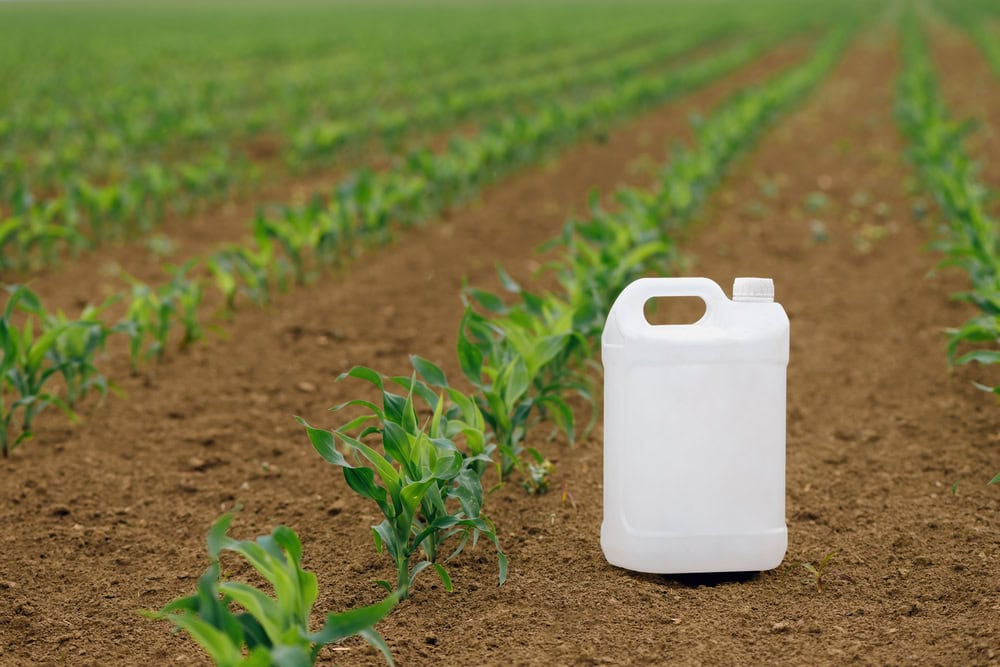Suva: Premiums continue to fall
Despite the difficult investment year 2022 with a negative business result, Suva can again reduce premiums for 2024. This is due to the good underwriting result, the surplus investment income generated in previous years and a continued solid solvency ratio of 151 percent. A strategic milestone was also reached with the roll-out of digitalization in claims management.

With the roll-out of digitalization in claims management, Suva has reached a strategic milestone, writes the accident insurer. According to the information, by the beginning of 2022, system-based rule and classification systems will have taken over the entire case management with a volume of over 490,000 claims. Daily allowance payments and reports of accidents and incapacities are largely automated. In complex cases, specialists will continue to provide personal advice to companies and accident victims. This enables Suva to respond more efficiently and effectively to customer needs.
Suva model: insurance combined with prevention and rehabilitation
With its risk- and impact-oriented awareness campaigns, Suva aims to make work and leisure safer and to prevent accidents and occupational illnesses. With its two rehabilitation clinics in Sion and Bellikon, Suva offers specific rehabilitation services. It also actively promotes return to work.
Accident risk in occupational accident insurance declining
In 2022, Suva registered more than 490,000 accidents and occupational illnesses, it reported. This corresponds to a significant increase compared to the previous year (450,000) and, due to the slightly higher number of insured persons, a slightly higher level compared to the years before the start of the covid pandemic. The accident risk - newly registered accidents per 1,000 insured persons - again followed the long-term trend. While the accident risk in non-occupational accident insurance has remained virtually unchanged for many years, it has fallen by an encouraging 12 percent in occupational accident insurance over the last ten years. Work in Suva-insured companies has become significantly safer.
Net premiums continue to decline thanks to good underwriting result
Suva's assets are fully earmarked. They cover the obligations for around 80,000 current pensions as well as future medical costs and daily allowances and other insurance benefits from accidents and occupational diseases that have already occurred. Thanks to the favorable development of pension figures, it was possible to release actuarial provisions, resulting in a positive actuarial result, the statement added.
The pleasing development of the accident risk and the good underwriting result would allow the average net premiums in occupational accident insurance to be reduced again by more than five percent. In non-occupational accident insurance, there was also a slight reduction of around one percent.
Difficult investment year leads to negative annual result
In the eventful investment year 2022, Suva achieved a net performance of -8.1 percent. According to the information provided, this investment loss was largely compensated for by the existing value fluctuation reserves, which had been set aside as a precaution in previous years. Together with the positive underwriting result, this resulted in a negative overall operating result of -152 million francs. Suva's investment strategy can best be compared with that of pension funds. In the investment year 2022, the result was above both the CS pension fund index and the Pictet BVG-25 index, according to the statement.
Continuation of reimbursement of surpluses from previous years
At 151 percent, the solvency ratio remains in the upper half of the specified range of 100 to 180 percent, according to the statement. The Suva Council had therefore decided to continue reimbursing capital gains surpluses from previous years. In 2024, this would again mean a premium reduction in the amount of 20 percent of net premiums in both occupational and non-occupational accident insurance. This would correspond to a reimbursement of around CHF 800 million to policyholders. The Suva Council, which is composed of social partners, will decide on the use of the remaining surpluses in subsequent years depending on the financial situation.
Gross premiums at lowest level since introduction of UVG in 1984
The continuation of the reimbursement of investment income surpluses in combination with the reduction of net premiums, namely in occupational accident insurance, leads to the lowest total premium burden for insured persons since the introduction of the UVG in 1984, as it concludes.
The Suva Annual Report can be viewed here.









